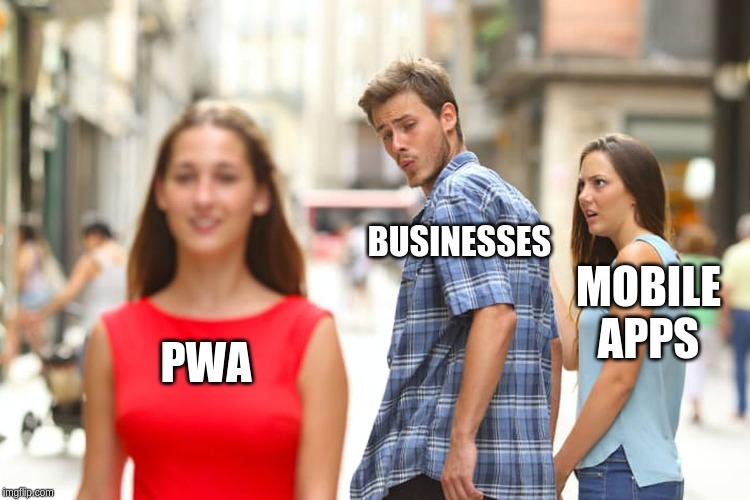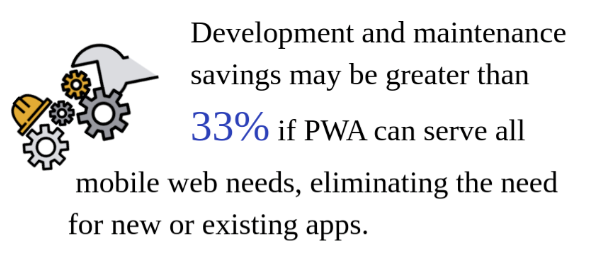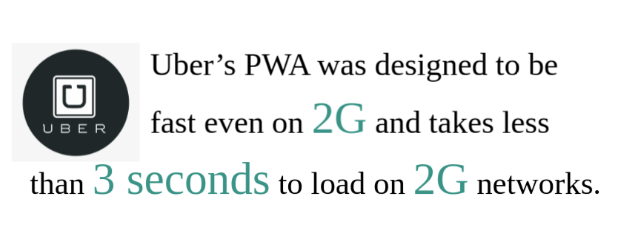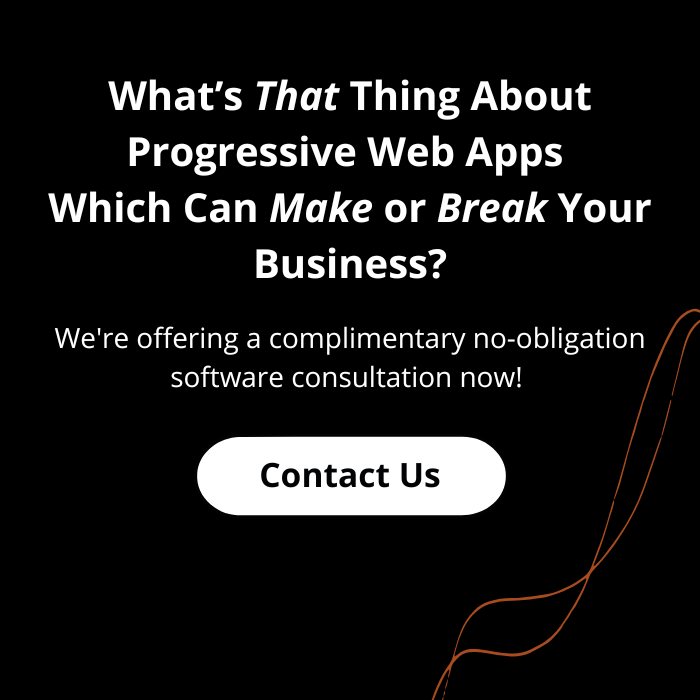Progressive Web Apps are just websites that took all the right vitamins – Alex Russell
According to sources, PWA currently can replace many Android Apps. PWA in the near future is expected to be able to replace many IOS Apps. Year after year, the mobile app community revolved around iOS and Android and were tied to them. But with the advent of progressive web apps, the duopoly took a hit.
If you follow custom software development or if you ever considered developing a mobile app, I’m sure you came across the term “Progressive Web Apps”. We, in this article, give you a heads up on what PWA is and why it is suddenly the talk of the town.
Source : https://smashingideas.com/pwa-statistics/
Get a Complimentary Progressive Web Apps Consultation !
What Are Progressive Web Apps?
By 2020, the number of smartphone users is projected to reach 2.87 billion – Statista. The last year saw 205 billion mobile app downloads worldwide. But, the average person uses only 9 mobile apps on a daily basis. So, business needs to go mobile-first but there’s also a huge chance that even if people download their apps, they might not use it regularly.
Enter Progressive Web Application – Web applications that create user experiences similar to native applications are called PWA. They are built using common web technologies including HTML, CSS, and JavaScript and are intended to work on any platform that uses a standards-compliant browser.
These PWA offer functionalities such as working offline, push notifications, and device hardware access, creating user experiences similar to native apps.
In simpler language, PWA is a mobile application delivered through the web.
PWA Examples
- Starbucks
- MakeMyTrip
- Uber
- Trivago
- Tinder
- Forbes
- Lyft
- Flipkart
- BookMyShow
Difference Between Progressive Web Apps And Regular Web App?
Now that we are slightly aware of what exactly PWAs are, let’s take a look as to why they are called progressive and how they differ from regular web apps?
A regular web application is simply a web site that heavily interacts with the user. Web application needs tech stacks like HTML, CSS & JavaScript, PHP, Python and other frameworks like Django, and CakePHP, etc. It is responsive and is designed to comply with most browser specifications.
But there is certain stuff a regular web application cannot do: Send notifications, access device hardware, etc.
With PWA, it can access the majority of the native device hardware, including push notification without relying on the browser or any other entity. Also, it’s much faster than regular web applications and the cost of PWA development is also lesser than of developing a native mobile app.
The “progressive” part of a Progressive Web Application comes from the fact that they’re “progressively enhanced” with modern web features. And this means they work with old browsers that have no support for new functionalities but they work the best with modern browsers.
Why Build A Progressive Web App?
So, an app-like experience on desktops and mobiles built and delivered directly via the web – sounds fantastic! We will, in this section, see what are the other advantages of PWAs and why it is all set to dominate the software trends in 2020.

PWAs Increase User Engagement
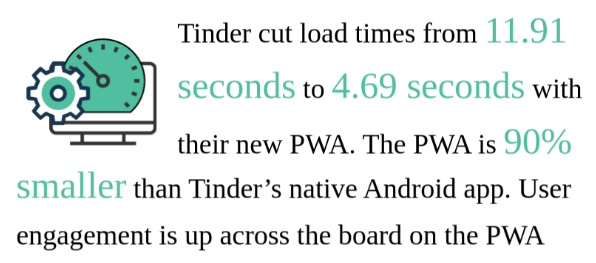
Progressive web applications engage users and amplify their experience. Because it has a ‘look and feel’ like a native app, the experience feels seamless and integrated. As opposed to mobile websites that need an effort to be visited, PWAs can be installed on a home screen for easy access.
Also, with push notifications and access to device features, customer re-engagement has skyrocketed,
Forbes saw a 100% increase in engagement rates with PWA.
Offline Support
Anyone who ever took a flight knows how insanely boring it is to spend those long hours without access to the internet. But, PWA seems to have this sorted too. A PWA can work offline without any internet connection.
Service workers (we will talk about it later) cache information when the device is online and displays it at any given point of time when the internet connection is poor or there is no connection at all.
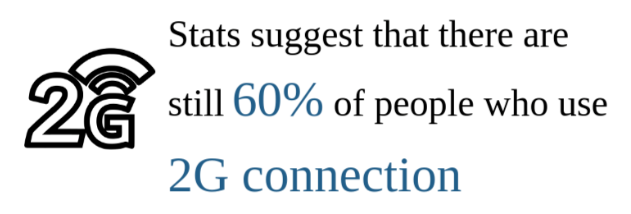
This also plays a huge role in engaging users as with an offline mode, poor connectivity won’t frustrate users and not to say, you will have an edge over your competition.
Progressive And Responsive
The way data is consumed has changed. There was a time when desktop was a luxury and now, we all own more than a minimum of 2 devices and browse content on them all day.
A PWA works on any and all devices regardless of the browser and offers the same user experience regardless of the device. As it is responsive, the size of the screen for different devices is never an issue with Progressive Web Applications.
PWAs Don’t Need To Be Published On App Stores
As PWAs are hosted on a web server, all the software development company you hire need to do is, build one version of the app and deploy it. The additional time and hassle spent in following OS-specific rules and publishing on the web store and waiting for approval are a thing of the past.
PWAs Are Speedy And One Doesn’t Have To Wait Forever To Download Them
Progressive apps, by nature, are fast. They are 43% faster than regular responsive websites. This is because PWAs pre-load and store the website content on the device while they browse. This is why these apps have faster page load times since the content is already rendered.
The median first-page load of PWAs is 3.5 seconds, and each subsequent page that your shopper visits will be faster than the last. The average subsequent page load time is 1.4 seconds, compared to an industry average of 6.2 seconds.
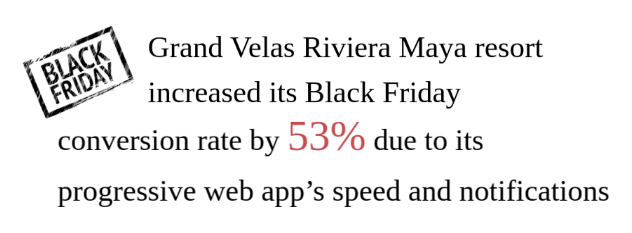
Also, PWAs don’t take forever to download. One can start interacting with the app immediately. So, there’s no lengthy process of finding the app, downloading it, installing it and then using it. This also helps curb app abandonment rates as there are less no. of steps involved.
PWAs Are Linkable And Discoverable
PWAs have better SEO than regular web applications. This means they are better discoverable in search engines. And, considering 60 percent of searches happens over mobile, PWA has a bright future.
Also, PWAs can be shared easily, simply with a URL. Anyone with access to the URL can open the app. One can also share these apps over messengers, social media, SMS or even QR codes.
Minimum Requirements For Implementing Progressive Web Apps
Now that we are well aware of what Progressive web apps are and what benefits they can bring to your business, let’s see the 4 minimum requirements of a PWA.
[1] The Site Must Be Visited Twice Inside A Five-Minute Window
The very unreliable test is to determine the user's interest. Developers at Google will probably replace this with something better in the future.
[2] Secure HTTPs Connection
Every PWA must have a secure valid HTTPs connection. As network requests are routed through service worker script, https helps mitigate certain vulnerabilities.
[3] Valid Installed JSON Manifest
When a data extract is provided in JSON format, information can be cached with the help of a service worker. Then the shell app loads the CSS and delivers an offline version.
[4] Installed Service Worker
This is important because it is the service worker that is responsible for caching all the files, push notifications, content updates, data handling and much more.
PWA Drawbacks :
Coined first in 2015, PWA is still in its early days. It has a few drawbacks like any other technology on this earth. Let’s list a few of them in this section.
[1] Cross-browser support is still limited, especially in Safari and Edge.
[2] Greater use of the device battery.
[3] They can’t use certain features such as GPS or fingerprint scanners.
Why Does Developing Your PWA With BinaryFolks Make For A Wise Choice?
Driven by ex-engineers from Google, Amazon & Salesforce
101% Value For Money (+1 for Our Complimentary Consultation before You Spend Your 1st Dollar!)
Reviews That You Can Verify!
Safeguarded Business With An NDA
Out-Of-The-Box Innovations
Eye For Detail
Questions Galore (Until Your Requirement & Our Understanding are mirror copies!)
Insight-Rich Scope Enhancement
Intense Domain Expertise
Close-knit feedback loop
Before We Go:
PWA is being called the future of the web. Someday, it indeed might me! How cool is surfing through a web application and being able to add it to your mobile home screen and continue browsing it with the same browser-like experience, but in your mobile.
In short, a PWA is responsive, app-like, linkable, fast, safe and can work offline & access the device hardware. And these also costs much lower than a native mobile app. So, whoever said they are the future, is in the right path!
Looking forward to develop one? Drop us a line, will be happy to help.


